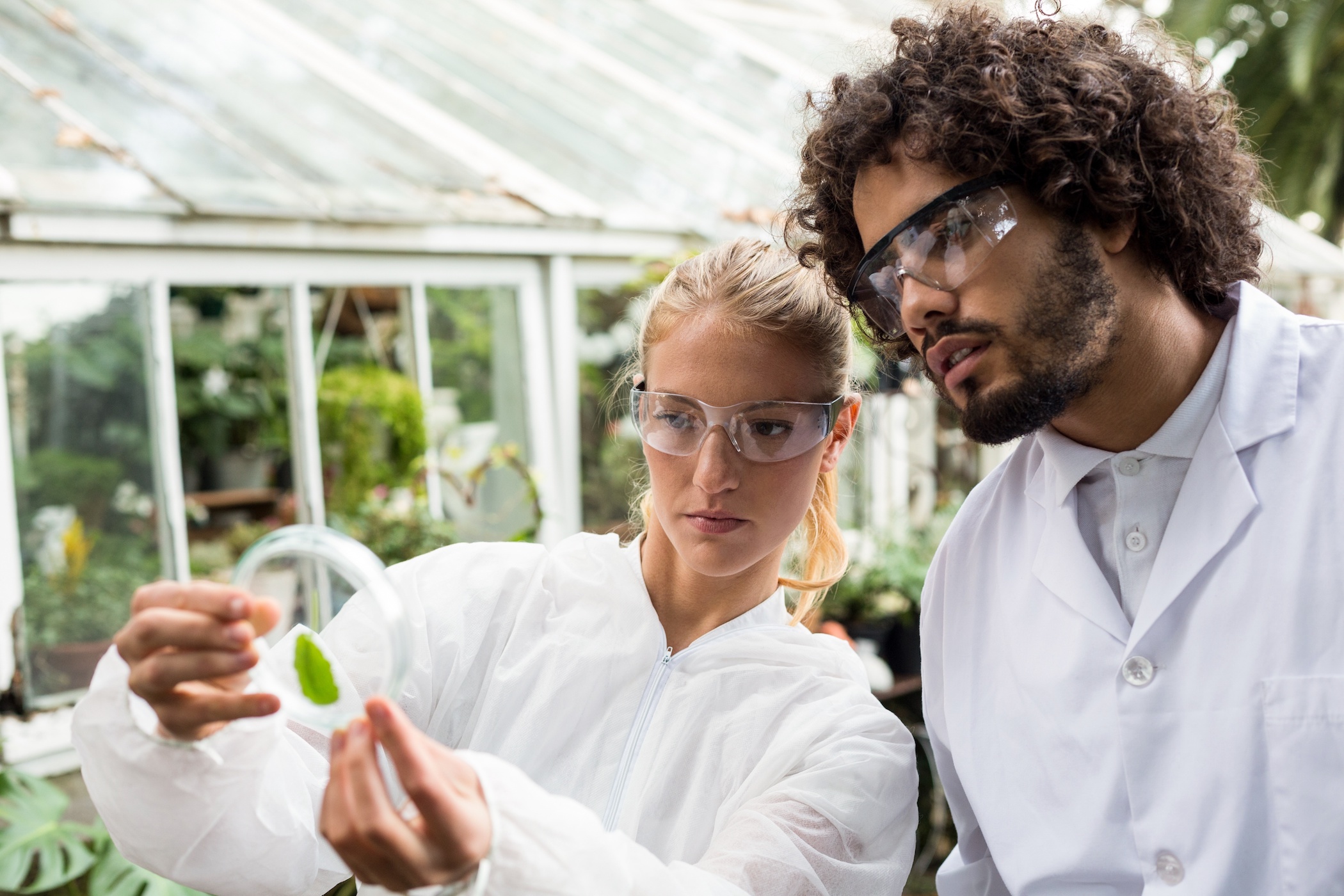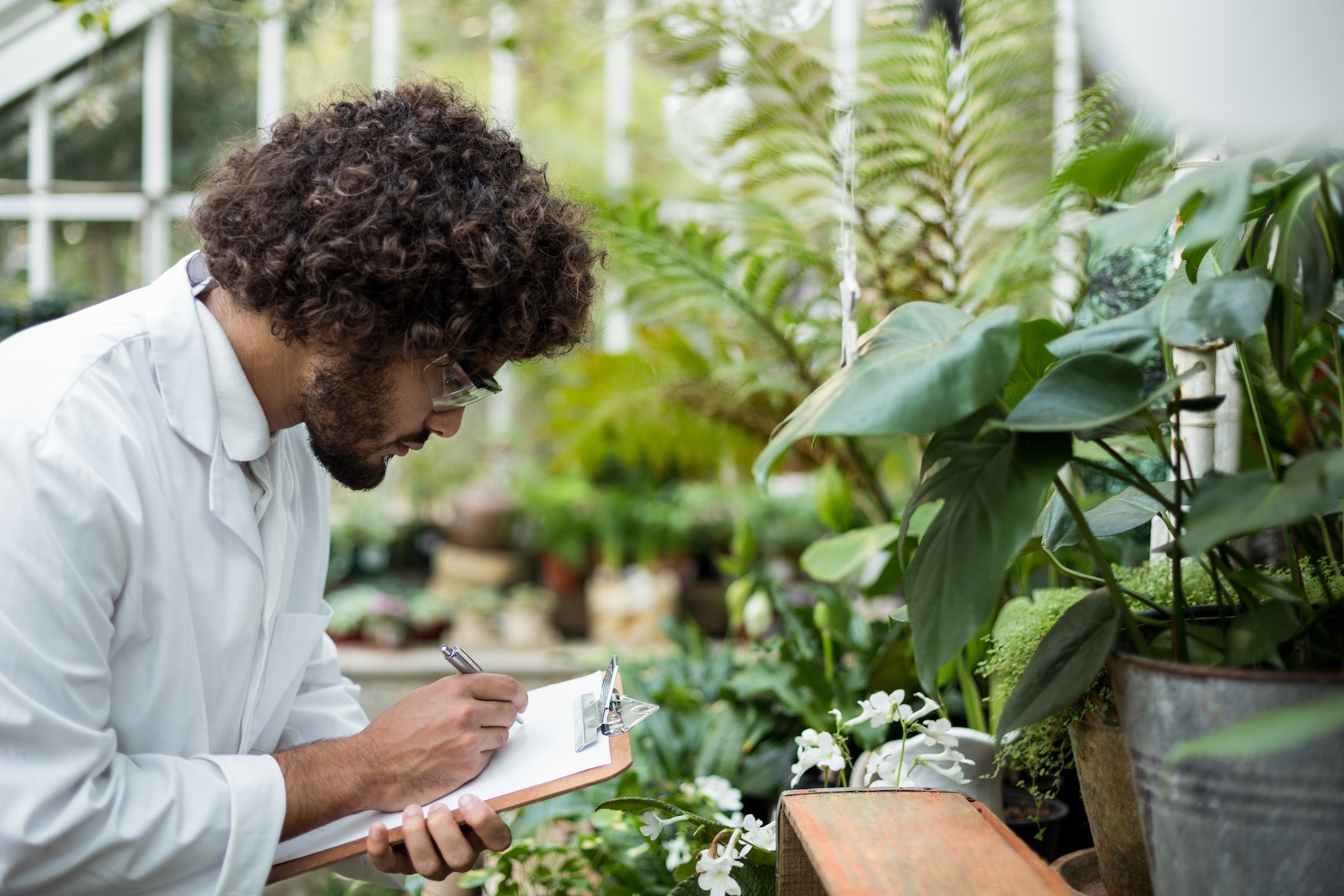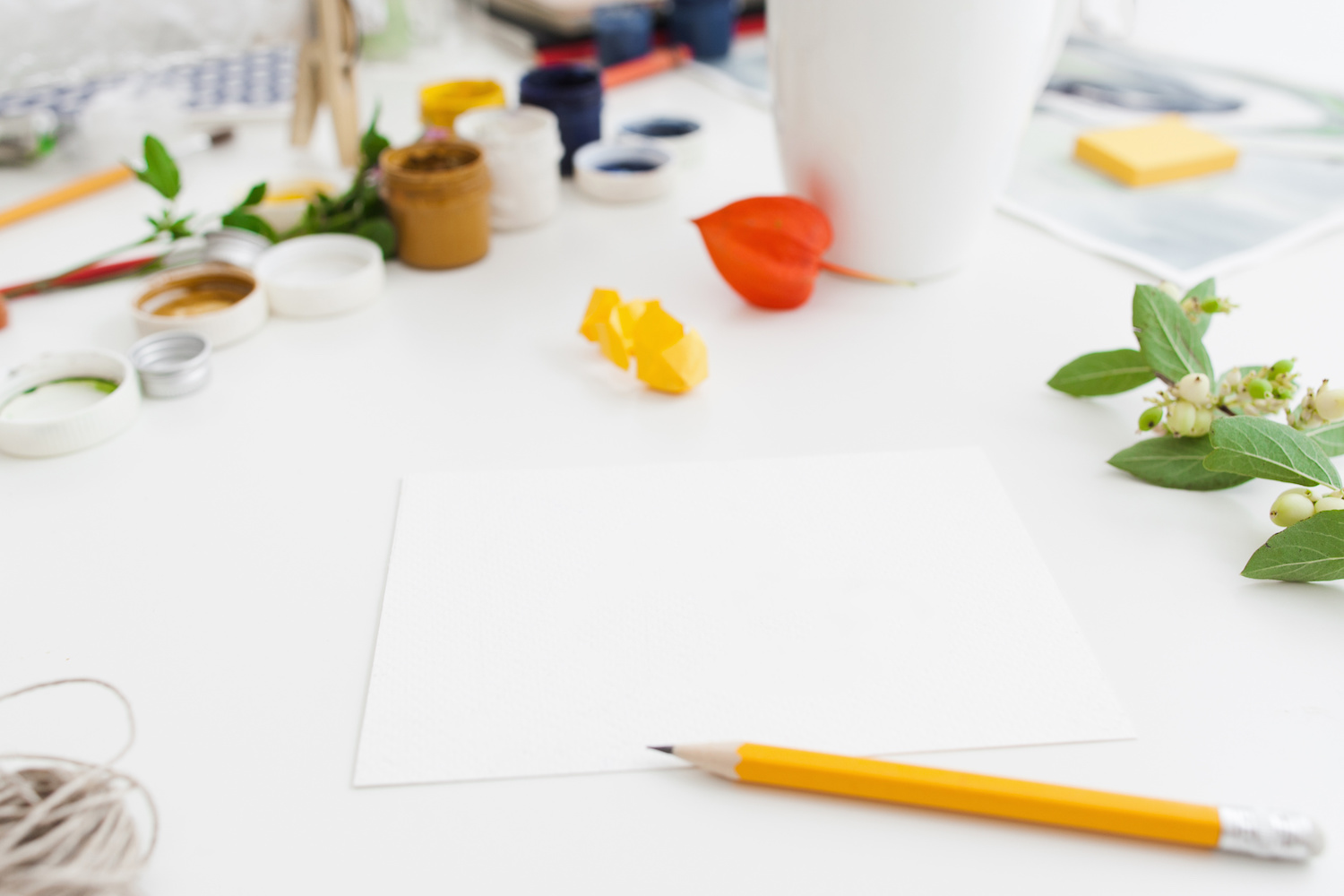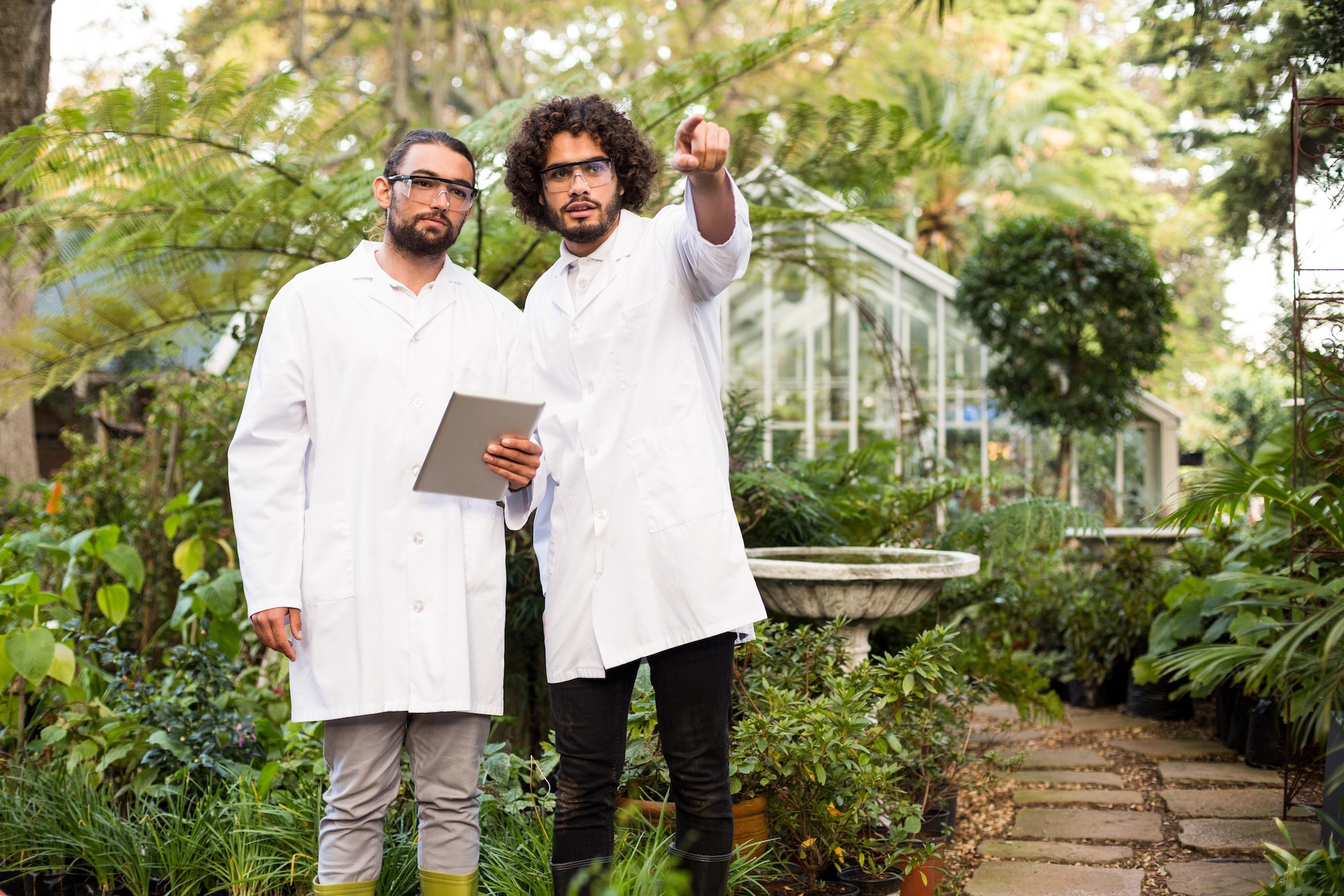Mentor Roadmap - Communicating Science
Communication is an important component of science, and excellent communication between scientist mentors and students and between scientist mentors and teachers is a keystone to PlantingScience.
The Scientist Mentor Role
Students say one of the best things about participating in PlantingScience is getting to know their mentor. Mentors help students:
- See the fun and interesting side of plant science
- Visualize everyday experiences with plants
- Unpack their ideas about biology content
- Be more reflective about their ideas and reasoning
- Recognize conflicts between their emerging ideas, everyday experiences, and data
- Reason about cause-and-effect relationships and build mental models
Communicating Effectively
For many mentors, it’s been years since you last set foot in a middle or high school classroom. Connecting with these younger students and being responsive to your team’s communication abilities are important goals for scientist mentors. Some tips include:
- Start by building a relationship with the team; for some students, you are the first scientist they’ve ever met.
- Target your first posts at a 6th grade reading level, and adjust based on the team’s responses.
- What’s going on in the classroom may not be immediately obvious, so ask questions to nudge students to reveal their current knowledge and/or ask the teacher questions in the classroom group.
- Working with students who are English Language Learners (ELL) requires patience and – often – simple sentences and posts with only 1 to 3 questions at a time.
Learn more about specific strategies to communicate with student teams.
Mentor Tips for Student Notebooks
Lab notebooks are critical components of scientific research, and students in secondary school will have varying levels of experience keeping notebooks. Mentor tips:
- Recognize the positive aspects of the notebook, e.g., Did the student start to follow a convention or provide an especially clear description?
- Encourage students to reflect on what would make the notebook more informative.
- Do you have a relatable story about your lab or field notebook that illustrates just how valuable researchers find their own and others' notebooks?
Mentor Tips for Student Sketches and Drawings
Drawings and sketches not only help with learning, but they also clarify observations or plans for an experimental design. As students learn to draw or sketch their ideas, mentors can encourage their progress by:
- Providing helpful – and gentle – feedback,
- Drawing connections to real world examples,
- Challenging students to notice particular details in their drawings.
- Encouraging, "Tell me more about your drawing."
Arguing from Evidence
At the middle and high school levels, students tend to have more experience with designing and carrying out experiments than they do with explaining what the results may actually mean. Mentors can:
- Provide background information to serve as building blocks for developing evidence-based conclusions,
- Support the teachers by helping students decide whether data is relevant, reliable, and/or valid.
- Be sounding boards for students as they work through the Claim – Evidence – Reasoning Scaffold.
Making Presentations
Students collect data with little difficulty. But when it comes to making a conclusion, they simply re-state the results. You can help by:
- Asking thought-provoking questions,
- Reviewing final presentations and providing feedback (“What should the labels on the X- and Y-axes be?”),
- Emphasizing the cyclical nature of inquiry by suggesting that students consider what research questions should be answered next.
- Help students answer the “So What?” question and put their research in a big-picture perspective.
Learn what questions you can ask your student team to help them make evidence-based conclusions.





